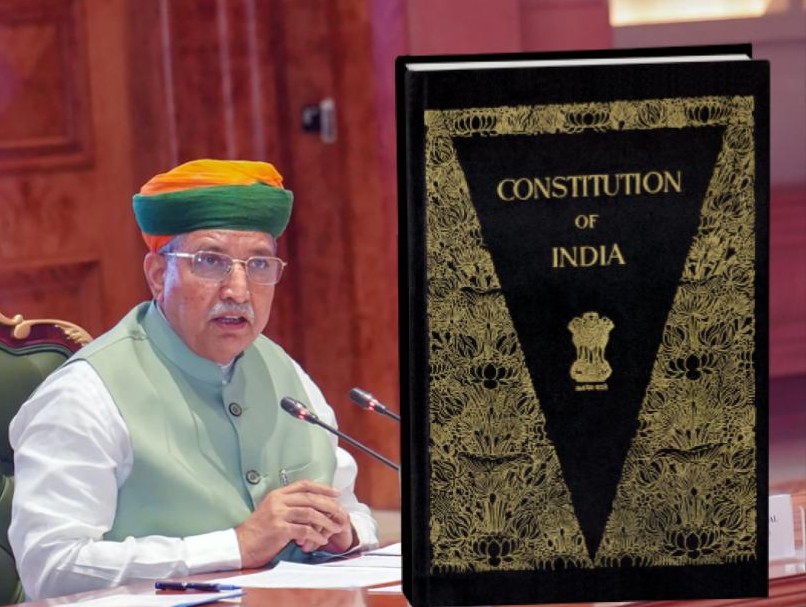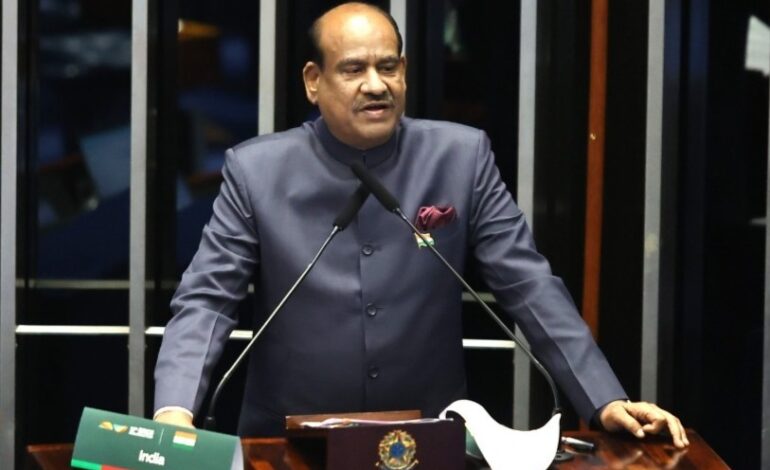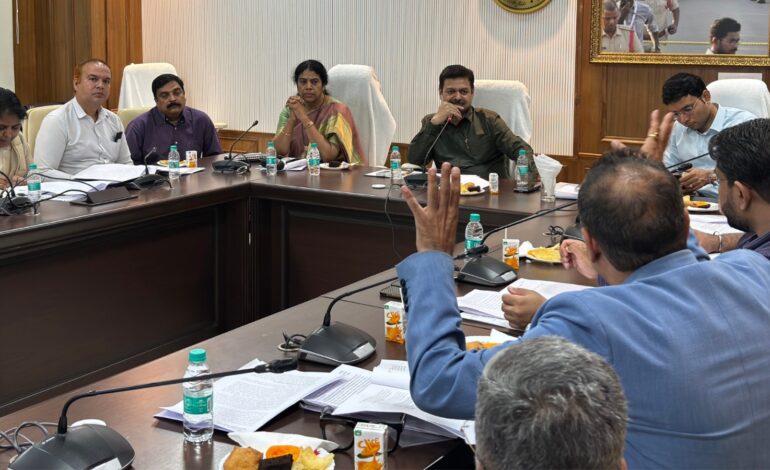India’s AI Mission Powers Inclusive Growth, Legal Readiness, Global Leadership Ambitions: Govt

New Delhi, July 25: India’s Artificial Intelligence (AI) strategy is gathering momentum as the government aims to democratize AI access, address country-specific challenges, enhance digital governance, and emerge as a global leader in AI innovation, the Union government said in a statement on Friday. The comprehensive approach, driven by the Ministry of Electronics and IT (MeitY), integrates robust policy support, legal safeguards, open-source AI models, and economic opportunity generation.
The Union Minister of State for Electronics and IT, Jitin Prasada, presented a detailed update in the Lok Sabha, outlining how the IndiaAI Mission, launched in March 2024, is strengthening the nation’s AI ecosystem through seven core pillars, ranging from infrastructure and data to skilling and startups.
India’s AI Landscape: Growth and Global Recognition
India’s technology prowess is well-established, with $250 billion in annual IT revenues and over 6 million people employed. Globally, India ranks high in AI capabilities, according to the Stanford AI Index. It is the second-largest contributor to GitHub AI projects, reflecting an active and growing developer base.
Open-Source AI on AIRAWAT
MeitY has deployed three open-source LLAMA models on AIRAWAT, the government’s indigenous compute infrastructure managed by C-DAC Pune. These models are now available to developers via APIs on a pay-per-use basis, supporting innovation across sectors.
Strong Legal Architecture Against AI Misuse
India is equipping its legal ecosystem to combat deepfakes, identity theft, and misinformation through a combination of existing and new laws:
- IT Act, 2000: Sections 66C, 66D, 66E, 67A, and 67B cover cyber fraud, identity theft, and obscene deepfake content.
- Bharatiya Nyay Sanhita, 2023: Provisions such as Sections 111, 318, 319, and 356 tackle organized cybercrime, cheating, and defamation.
- Digital Personal Data Protection Act, 2023: Ensures data fiduciaries are held accountable while empowering citizens with data rights.
- IT Rules, 2021: Intermediaries and social media platforms are obligated to act swiftly against harmful content. Victims of AI-generated images have access to a grievance redressal process within 24 hours, with escalation possible via the Grievance Appellate Committee.
A dedicated cybercrime reporting portal (cybercrime.gov.in) and a toll-free helpline number 1930 have been launched by the Ministry of Home Affairs for public complaints.
CERT-In’s Role in Securing AI
The Indian Computer Emergency Response Team (CERT-In) has issued a series of advisories to safeguard AI deployment, including:
- Safety guidance for AI applications (May 2023)
- Launch of Certified Security Professional in AI (CSPAI) program in collaboration with SISA (Sept 2024)
- Best practices for Generative AI use (March 2025)
- Software and Hardware Bill of Materials (BOM) guidelines for AI and quantum technologies (July 2025)
These efforts aim to ensure transparency, resilience, and responsible AI adoption in India’s digital supply chains.
Regulatory Framework in Progress
An Advisory Group on AI, chaired by the Principal Scientific Advisor to the Prime Minister, has been constituted to shape an India-specific regulatory AI framework. The group includes experts from academia, industry, and government, reflecting a collaborative approach to AI governance.
India’s AI strategy—anchored in the vision of Prime Minister Narendra Modi—seeks to combine technological advancement with inclusive development, harnessing AI for jobs, innovation, and national growth while ensuring robust guardrails for digital safety, the statement added.








